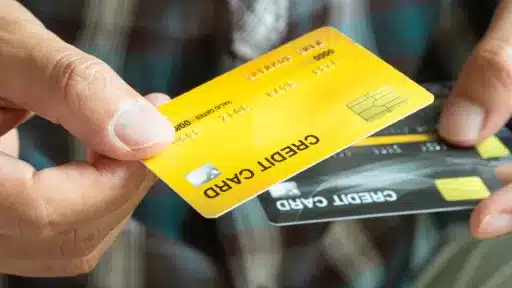In today’s fast-paced financial landscape, the question how long does it take for direct deposit to start is more relevant than ever. With increasing reliance on quick, paperless transactions, understanding the timing of direct deposit activation can ease anxieties about when your paycheck or government benefits will arrive. Whether you are setting up direct deposit for the first time or switching banks, knowing the expected timeline helps you manage your finances efficiently and avoid cash flow surprises.
How Long Does It Take for Direct Deposit to Start? Understanding the Basics
Direct deposit is an electronic transfer of funds directly into your bank account, bypassing the need for physical checks. It’s commonly used by employers, government agencies, and other organizations to pay wages, Social Security benefits, tax refunds, and more.
So, how long does it take for direct deposit to start? While the timeline varies by institution and circumstances, the general process unfolds over a few days up to a couple of weeks. Here’s an overview:
- Initial Setup: When you provide your bank details, routing number, and authorize direct deposit, your employer or payor processes the information.
- Verification: The bank or payroll provider verifies the account information to ensure accuracy and avoid errors.
- Processing: With verification complete, the direct deposit arrangement is entered into the payment cycle.
Typically, you can expect direct deposit to start within one to two pay cycles, which generally translates to anywhere from 3 to 10 business days. But this window depends on several factors discussed below.
Factors Affecting How Long Direct Deposit Takes to Start
Several elements influence the time it takes for your direct deposit to become active:
- Employer or Payor Payroll Schedule: Some employers submit payroll data days before the payday, while others do it last minute. This schedule impacts when your direct deposit can be processed.
- Bank Processing Times: Different banks have varying processing speeds. Some release funds as soon as they receive them; others may hold deposits until the official posting date.
- Verification Requirements: If the payor uses third-party services to verify your account, this may add a day or two.
- Holidays and Weekends: Bank holidays and weekends can delay processing and transfer times.
- Type of Direct Deposit: For first-time setups, it generally takes longer than subsequent deposits. Repeated payments tend to be faster once the system recognizes your account.
Typical Timeline for Direct Deposit Activation
To provide clarity, here’s a typical timeline outline for new direct deposit arrangements:
- Day 1-3: Submission of direct deposit details and initial verification.
- Day 4-7: Payroll provider or payor processes payment instructions and sends funds to your bank.
- Day 8-10: Your bank posts the direct deposit amount to your account, making funds available for use.
It’s important to note that if you set up direct deposit with your employer well before payday, you may receive your payment the first time through direct deposit. However, if setup occurs too close to payday, you might experience a delay until the next pay cycle.
Tips to Speed Up Your Direct Deposit Activation
If you want to reduce the waiting time and ensure your direct deposit starts smoothly, consider these best practices:
- Submit Your Details Early: Provide your bank routing and account numbers well ahead of the next payday.
- Double-Check Account Information: Verify numbers carefully to avoid delays caused by incorrect information.
- Check with Payroll or Payor: Confirm acceptance and timeline directly with your employer or government agency.
- Use Bank’s Direct Deposit Form: Many banks provide official direct deposit authorization forms—using these can speed verification.
- Avoid Changing Banks Immediately Before Payday: Though switching accounts is possible, changing too close to payment day can cause setbacks.
What To Do If Your Direct Deposit Is Delayed
If you expected direct deposit but haven’t seen the funds, consider these steps:
- Verify with your employer or payor that the direct deposit was submitted.
- Contact your bank to check if they have received the deposit or if it’s on hold.
- Confirm that your account details are correct and that there are no blocks or restrictions.
- Allow additional time if processing overlaps with holidays or weekends.
Why Understanding How Long Does It Take for Direct Deposit to Start Matters
In an era where digital payments dominate, knowing how long does it take for direct deposit to start empowers individuals to plan their finances accurately. Whether budgeting monthly expenses or awaiting government payments, anticipation of timing helps avoid overdrafts or late payments.
Moreover, as contactless and remote work arrangements become more common, direct deposit provides a secure, environmentally friendly, and convenient replacement for traditional paper checks. Understanding the activation timeline eliminates unnecessary stress and frustration.
With these insights, you’re better equipped to navigate the direct deposit setup process and enjoy the benefits of faster, safer, and simpler payments.


